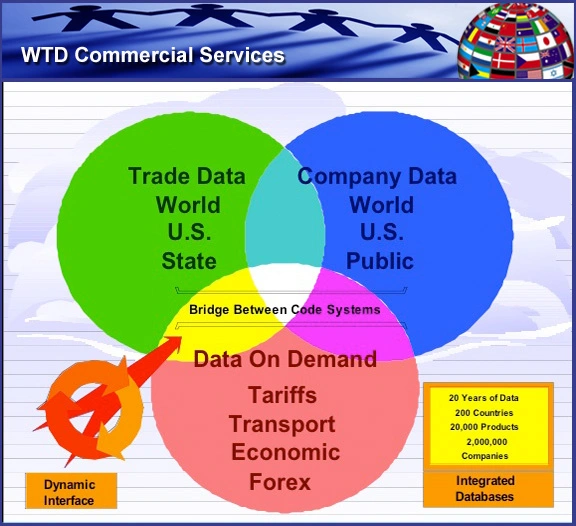In 2007, in association with ECRM, Walmart and the Arkansas World Trade Center, CenTradeX undertook a massive study into the issue of tainted toy shipments imported into the United States from China. Widespread reports of acute sickness and death among children were causing panic.
Thorough analyses of the media coverage about the event revealed very little of substance. A handful of major U.S. merchandisers were mentioned, mainly Mattel, as well as a couple of Chinese factories. That was it, period.
The issue of securing and maintaining product quality and safety is of vital significance whether we’re addressing cars, or toys or food. It takes on deepening levels of complexity and importance when manufacturers and retailers rely on foreign sources. The underlying problems have to do with transparency, dependability and accountability.
U.S. retailers import trillions of dollars of merchandise from thousands of overseas factories. A vast majority of these foreign made products are carried to us on cargo ships, offloaded at coastal ports, processed through U.S. Customs, and distributed through our local merchants.
 Who in this supply chain is responsible if something bad happens such as young children dying from ingesting paint off toys laden with toxic levels of lead? During the tainted toy fiasco initially China was blamed. Then the CEO of Mattel stepped forward to take the fall. Media ultimately pointed to lax governmental regulations. Purportedly, several Chinese factory executives were summarily executed. Who’s responsible?
Who in this supply chain is responsible if something bad happens such as young children dying from ingesting paint off toys laden with toxic levels of lead? During the tainted toy fiasco initially China was blamed. Then the CEO of Mattel stepped forward to take the fall. Media ultimately pointed to lax governmental regulations. Purportedly, several Chinese factory executives were summarily executed. Who’s responsible?
Several years prior, an agricultural infestation spread from a Florida port causing billions of dollars of damage before it could be contained. It took months to isolate the source and affect a remedy. The culprit ended up being diseased wooden pallets carrying imported consumables shipped by our Latin American neighbors. An early warning system may have mitigated the extent of the disaster.
By analyzing the daily Waterborne Import Shipment Data from U.S. Customs, China transactional import- export data, as well as other statistical and company databases, we (CenTradeX) analyzed over 400,000 toy shipments from China into the U.S. by 4,000 retailers spanning an 18-month period.
Through the data we discovered that the same Chinese factories that were pedaling tainted toys were also exporting other merchandise such as personal care items, household supplies and furniture. Did these products contain dangerous levels of lead paint? Did said factories continue to sell toys and other merchandise to their less regulated Asian neighbors?
Many of the answers can be found in publicly available data if one bothers to look. Definitely some sleuthing is required. Notwithstanding, look at the stakes involved.
At some point it may not just be a matter of tainted toys, radiated food or diseased pallets. Perhaps it will be a misclassified container of toxic chemicals or dangerous substances that makes its way past CBP and ends up causing a catastrophe in one of our major metropolitan areas.
Whether for matters of homeland security, food safety or quality assurance, much more can be done with trade intelligence to help us secure our health and our homeland.


 16/06/2011
16/06/2011 
























































































































































































































































































































































Comments are closed.